How you can survive a plane crash (it’s not as rare as you think)
Passengers can do a lot more to stay safe when flying, and avoid or even survive an accident. The programme Why It Matters finds out eight things you should know.
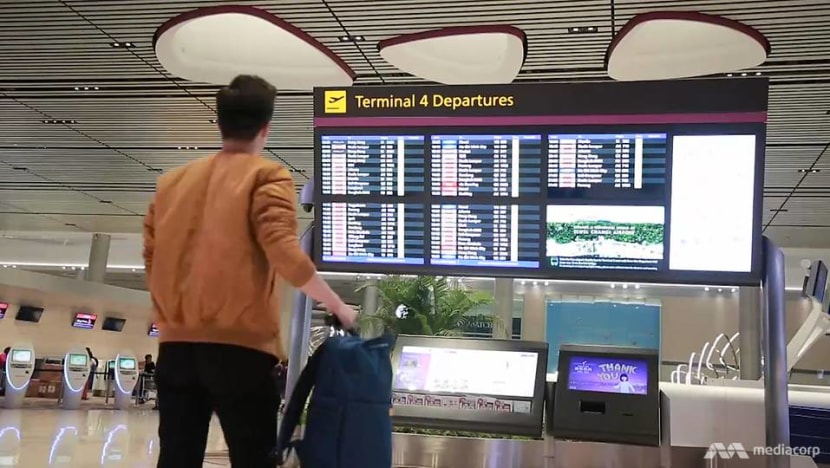
Singaporeans love to fly, but should they be less blase about air safety?
SINGAPORE: Last year was one of the deadliest for the aviation industry in recent years.
The number of people killed in commercial plane crashes jumped by more than 10 times from 50 deaths in 2017 — aviation’s safest year on record — to 514 deaths last year, reported the International Civil Aviation Organisation (ICAO).
As the year end approaches, safety is always a concern for those getting ready for their holiday overseas.
But statistically speaking, the odds of dying as a plane passenger are low: 1 in 188,364, compared with 1 in 1,117 for drowning and 1 in 103 for a motor vehicle crash, based on 2017 United States census data.
And surviving a plane accident might not be as rare as you think. The European Transport Safety Council categorised 90 per cent of aircraft accidents as survivable in a study in 1996, and airline safety has since improved.
WATCH: How to survive/avoid being in a plane crash (3:00)
So here are eight things the programme Why It Matters found out about surviving or avoiding plane crashes. (Watch the episode here.)
1. LISTEN TO THE AIRCREW
About two and a half hours into Singapore Airlines flight SQ368 to Milan three years ago, there was a strong smell of jet fuel.
Then came the captain’s announcement that the plane was losing fuel and had to return to Changi Airport. Upon landing, its right wing burst into flames.
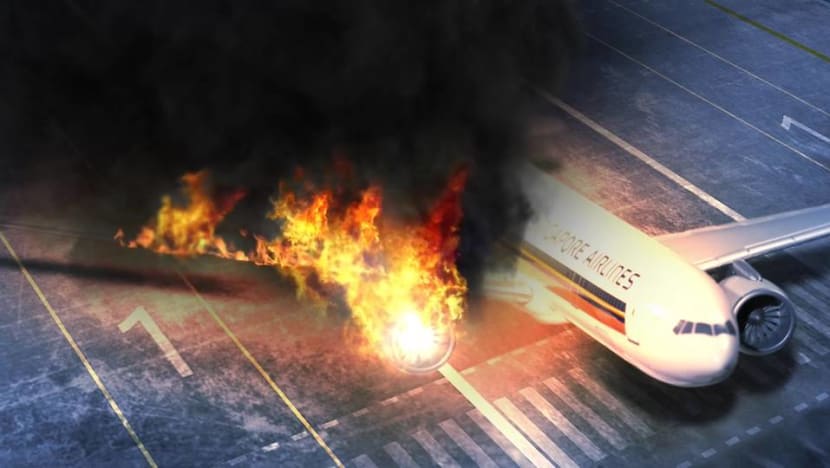
Ex-crew member Siti Noor Mastura recalled that the cabin erupted into chaos as passengers started leaping from their seats and climbing over other passengers.
“One of the gentlemen came forward, yelling at me, “Open your door! Open your door!’” said the 29-year-old. But the captain made it clear that “no matter what you do, don’t open the doors”.
“He was in communication with the fire crew on the ground,” added Noor. And as the tarmac and the bottom of the plane were coated with fuel, “if we’d opened our doors, it would’ve been a disaster”.
She survived the accident along with the 222 passengers and other 18 crew members, thanks to the captain and the firefighters, who brought the blaze under control within five minutes of the engine catching fire.

2. KEEP THE SHADES UP
When the plane is taxiing, taking off or landing, the cabin crew would announce that the window shades are to be kept open.
There are several reasons for this, mainly to allow both the crew and passengers to see any danger outside the aircraft.
It allows passengers to quickly alert the crew members to developments such as fuel leaks, sparks in the wing area or fire in the engine, stated the Civil Aviation Authority of Singapore on its website.
With a view of the exterior, passengers would know what is happening outside during an emergency, “be able to better orientate themselves and keep clear of the danger”.

3. BE AWARE DURING LANDING AND TAKE-OFF
When Boeing conducted a study of commercial plane accidents between 2008 and 2017, it found that 14 per cent of fatal accidents occurred during take-off and the initial climb.
That is when planes run into the danger of veering off the runway or colliding with things like a flock of birds.
Cruising accounted for 11 per cent of fatal accidents, which were largely a result of planes losing control.
The deadliest part of any flight, however, is the final approach and landing — when 49 per cent of fatal accidents happen, owing to hard landings or missing the runway.
Retired pilot Lim Khoy Hing explained that there is a lot of manoeuvring involved in landing a plane.
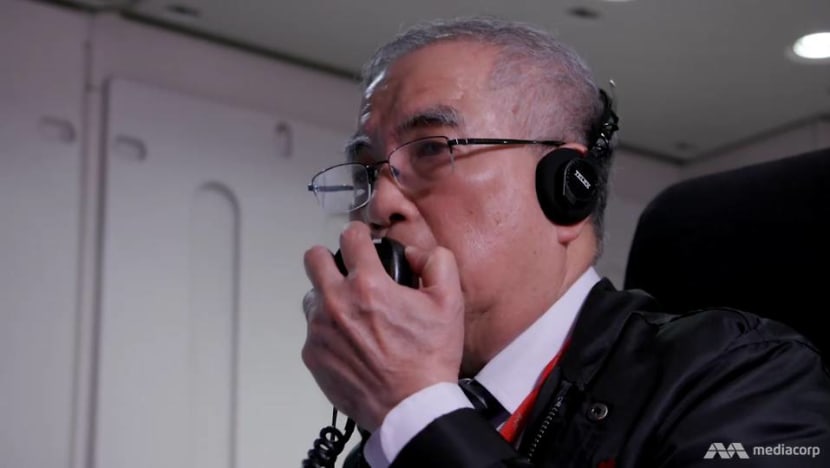
“(Closer) to the ground, your reaction time would be reduced, especially when you’re landing,” he said. “With strong winds, it makes it more difficult.”
So being aware of what is going on during these times may just increase one’s chances of survival.
4. CHOOSE AIRPORTS WITH AUTO LANDING SYSTEM
The risk of a fatal accident occurring between the final approach and landing can be reduced if pilots are able to rely on automatic landing systems to ensure safe navigation.
One example is the Instrument Landing System, an assisted navigational aviation facility that provides guidance to pilots while the flight is approaching the runway.
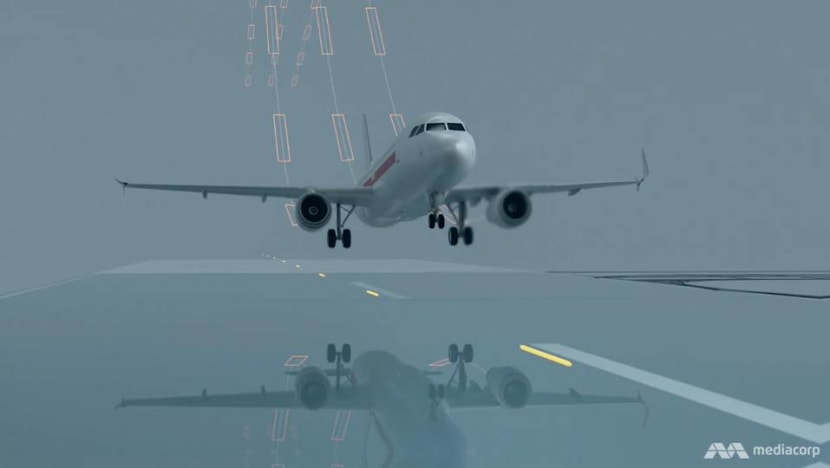
Such automation increases the reliability of landing and removes possibilities of human error. Not all airports, however, are equipped with an auto landing system, Lim pointed out.
“It’s very expensive to ensure that the airfield is complying with a low-visibility landing certification,” he said. “Airports with these auto landing facilities are usually in the European countries where there is a lot of fog and (where there’s) winter.”
Some airports like in Hong Kong, Japan and Singapore also have this facility. So while passengers do not get to cherry-pick their pilot, they can opt for airports equipped with such technology.
5. HOW SAFE ARE BUDGET AIRLINES?
When it comes to choosing airlines, passengers may have a nagging worry that something “budget” is not necessarily quality. Yet in just a decade, the seat capacity of low-cost carriers has more than quadrupled in the Asia-Pacific.
And in terms of safety, there is no difference between a low-cost carrier and a full-service carrier, as both must meet the same safety standards, said AirAsia Group’s head of safety Ling Liong Tien.

Most airlines in the world are members of the ICAO, which provides a set of global standards to help with regulation in areas such as aviation safety, efficiency and security.
Budget airlines must also be certified by their country’s civil aviation authority before they are issued with an air operating certificate, added the captain. “So there’s no way any airline (can) take any shortcut.”
6. AVOID AIRLINES WITH PROBLEMS
Asian Aviation editor Matt Driskill recommends googling the airline first and looking beyond the International Air Transport Association (IATA) Operational Safety Audit certification. He cited the website airlineratings.com for the safety ratings of airlines.
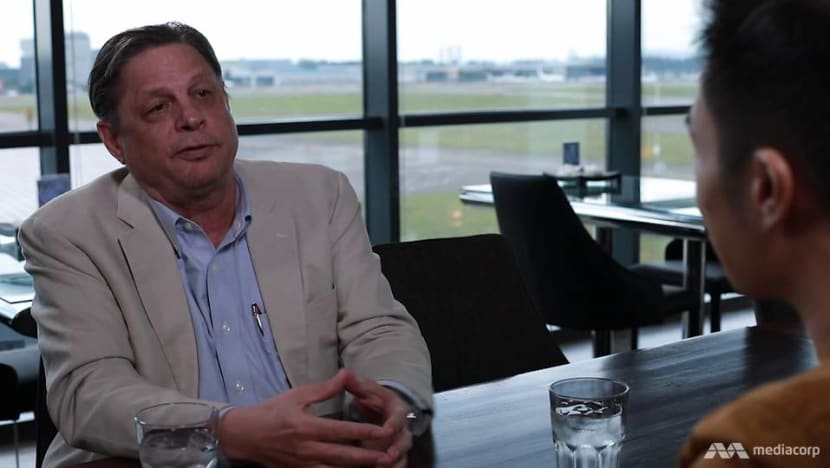
“They look at whether or not (the airlines) have had an accident in the last 10 years that caused fatalities. They look at the kind of fleet that they have … (and if) they have the latest equipment,” he said.
Personally he would “think twice about flying on any airline that’s having labour problems”.
“Not because a pilot’s going to intentionally crash a plane to make a point, but because … when (he’s) angry and trying to do a checklist, (his) mind is on a possible strike, and (he can) forget something on the checklist,” he explained.
“It leads to those kinds of problems. So that’s what you have to worry about.”
7. LISTEN TO THE SAFETY TALK
If there is one thing few people do, it is to read the safety guide or watch the safety demonstration.
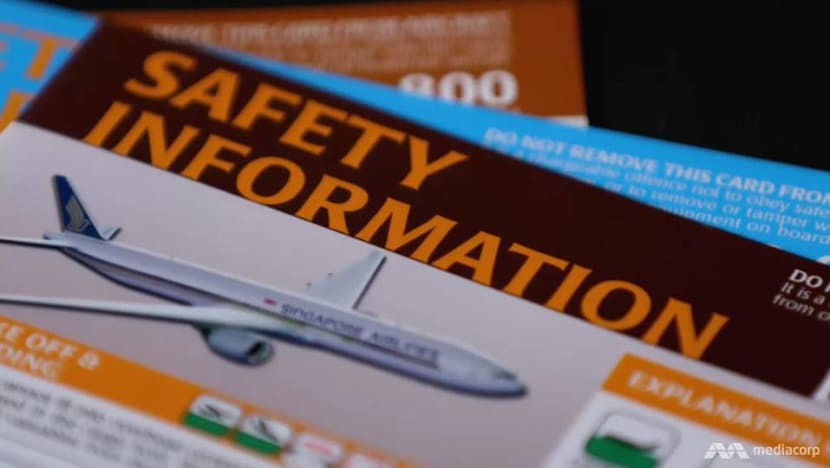
Passengers recall only 32 per cent of the key messages from standard pre-flight safety briefings, according to research published in the International Journal of Aviation Psychology.
But if a passenger wants to increase his chances of survival in an accident, then he must pay attention to this, said Blair Cowles, IATA’s regional director for Safety and Flight Operations (Asia-Pacific).
“And you can do other things; I’d leave my shoes on for take-off and landing, and that’s sound advice,” he added.

As safety information may vary with different aircraft types, it is important to read the safety information card before every flight, the CAAS noted on its website. The location of emergency exits, for example, may differ.
8. BRACE FOR IMPACT
Should the worst happen, passengers need to assume the brace-for-impact position during an emergency landing.
This brace position reduces flailing and secondary-impact injuries by having passengers position their body (predominantly the head) against whatever they are most likely to be thrown against upon impact, Australia’s Civil Aviation Safety Authority explained in a safety bulletin.
One need not, however, become overly worried about air travel.

“Since 2009, we’ve gone from 2.5 billion journeys a year to well over four billion journeys a year. And yet in absolute terms, the number of accidents (and) the number of fatalities have continued to decrease,” said Cowles.
“If you hop on a plane right now, you’d have to fly every day for the next 241 years before you’re on a flight that is involved in an accident that has one fatality or more.”
Watch this episode here. Why It Matters is telecast every Monday at 9pm.
















